
Filter News
Area of Research
- Advanced Manufacturing (5)
- Biology and Environment (38)
- Biology and Soft Matter (1)
- Building Technologies (2)
- Computational Biology (1)
- Computer Science (3)
- Energy Science (54)
- Energy Sciences (1)
- Fusion and Fission (4)
- Fusion Energy (1)
- Materials (28)
- Materials for Computing (6)
- National Security (5)
- Neutron Science (77)
- Nuclear Science and Technology (3)
- Quantum information Science (7)
- Supercomputing (39)
- Transportation Systems (1)
News Type
News Topics
- (-) Frontier (45)
- (-) Neutron Science (109)
- (-) Polymers (18)
- (-) Quantum Science (59)
- 3-D Printing/Advanced Manufacturing (89)
- Advanced Reactors (25)
- Artificial Intelligence (92)
- Big Data (62)
- Bioenergy (84)
- Biology (100)
- Biomedical (53)
- Biotechnology (28)
- Buildings (50)
- Chemical Sciences (48)
- Clean Water (30)
- Composites (21)
- Computer Science (153)
- Coronavirus (30)
- Critical Materials (17)
- Cybersecurity (17)
- Education (2)
- Emergency (4)
- Energy Storage (64)
- Environment (164)
- Exascale Computing (52)
- Fossil Energy (7)
- Fusion (47)
- Grid (54)
- High-Performance Computing (93)
- Hydropower (12)
- Irradiation (2)
- Isotopes (38)
- ITER (7)
- Machine Learning (51)
- Materials (87)
- Materials Science (89)
- Mathematics (11)
- Mercury (10)
- Microelectronics (3)
- Microscopy (34)
- Molten Salt (7)
- Nanotechnology (29)
- National Security (63)
- Nuclear Energy (85)
- Partnerships (37)
- Physics (38)
- Quantum Computing (39)
- Security (17)
- Simulation (51)
- Software (1)
- Space Exploration (23)
- Statistics (3)
- Summit (48)
- Transportation (66)
Media Contacts
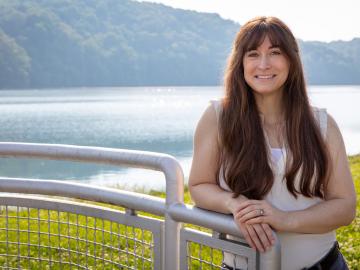
Carly Hansen, a water resources engineer at Oak Ridge National Laboratory, is rethinking what’s possible for hydropower in the United States.

Deborah Frincke, one of the nation’s preeminent computer scientists and cybersecurity experts, serves as associate laboratory director of ORNL’s National Security Science Directorate. Credit: Carlos Jones/ORNL, U.S. Dept. of Energy
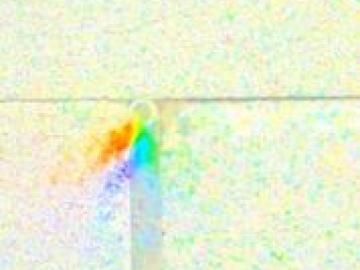
A team of researchers at Oak Ridge National Laboratory has developed a method to detect and measure air leaking from a building’s walls and roof that is quicker, cheaper and less disruptive to occupants.
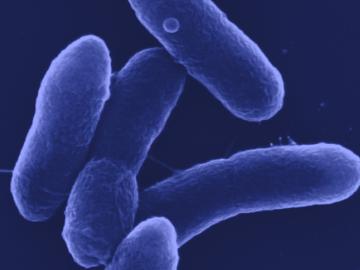
A research team led by Oak Ridge National Laboratory bioengineered a microbe to efficiently turn waste into itaconic acid, an industrial chemical used in plastics and paints.
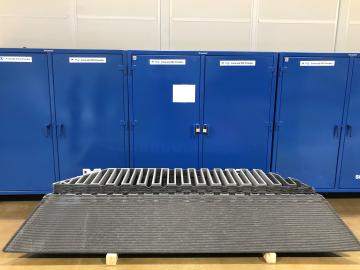
Oak Ridge National Laboratory researchers, in collaboration with Cincinnati Inc., demonstrated the potential for using multimaterials and recycled composites in large-scale applications by 3D printing a mold that replicated a single facet of a
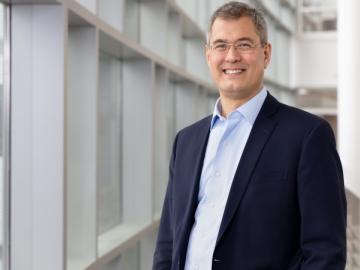
From Denmark to Japan, the UK, France, and Sweden, physicist Ken Andersen has worked at neutron sources around the world. With significant contributions to neutron scattering and the scientific community, he’s now serving in his most important role yet.

When COVID-19 was declared a pandemic in March 2020, Oak Ridge National Laboratory’s Parans Paranthaman suddenly found himself working from home like millions of others.

A team of researchers at Oak Ridge National Laboratory and Purdue University has taken an important step toward this goal by harnessing the frequency, or color, of light. Such capabilities could contribute to more practical and large-scale quantum networks exponentially more powerful and secure than the classical networks we have today.

Oak Ridge National Laboratory scientists demonstrated that an electron microscope can be used to selectively remove carbon atoms from graphene’s atomically thin lattice and stitch transition-metal dopant atoms in their place.
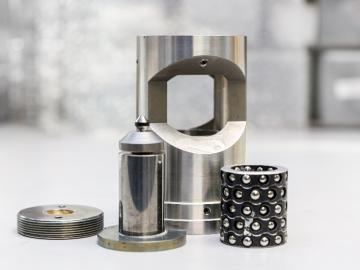
Researchers at Oak Ridge National Laboratory’s Spallation Neutron Source have developed a diamond anvil pressure cell that will enable high-pressure science currently not possible at any other neutron source in the world.


